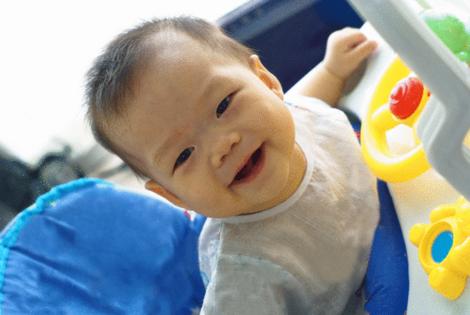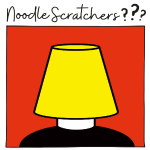Ask the Pediatrician: Baby walkers are a dangerous choice
Published in Health & Fitness
Baby walkers send thousands of children to hospitals every year, pushing the AAP to call for a ban on the sale of baby walkers with certain features.
Read about why they are not safe and what you can do.
Children in baby walkers can:
Roll down the stairs, which often causes broken bones and severe head injuries. This is how most children get hurt in baby walkers.
Get burned. A child can reach higher in a walker, making it easier to pull a tablecloth off a table and spill hot coffee, grab pot handles off the stove and reach radiators, fireplaces or space heaters.
Drown. A child can fall into a pool or bathtub while in a walker.
Be poisoned. Reaching high objects is easier in a walker.
There are no benefits to baby walkers
Many parents think walkers will help their children learn to walk. But they don't. In fact, walkers can actually delay when a child starts to walk.
Why baby walkers are never safe
Most walker injuries happen while adults are watching. Parents or caregivers simply cannot respond quickly enough, because children in walkers move faster than parents anticipate. A child in a walker can move more than 3 feet in 1 second! That is why walkers are never safe to use, even with an adult close by.
Since 1997, baby walkers have been made so they can't fit through most doors, or they have brakes to stop them at the edge of a step. However, some may still have wheels, so children can still move faster and reach higher than without a walker.
The AAP has called for a ban on the manufacture and sale of baby walkers with wheels. Baby walkers are already banned in Canada under the Canada Consumer Product Safety Act, which prohibits the manufacture, import, advertisement or sale of baby walkers.
What parents can do
Throw out your baby walkers! Also, be sure that there are no walkers wherever your child is being cared for, such as child care centers or in someone else's home.
Try alternatives to baby walkers that are just as enjoyable but safer, such as:
Stationary activity centers—they look like walkers but have no wheels. They usually have seats that rotate, tip and bounce.
Play yards or playpens—these are great safety zones for children as they learn to sit, crawl or walk.
High chairs—older children often enjoy sitting up in a highchair and playing with toys on the tray.
____
Steph Lee, MD, MPH, FAAP is a double board-certified pediatrician and preventive medicine specialist. She is a spokesperson for the American Academy of Pediatrics and has been featured on Mom.com, Parents Magazine, and Doctor Radio on SiriusXM. Her passion is advocating for public policies that improve children's health.
©2024 Tribune Content Agency, LLC.










Comments